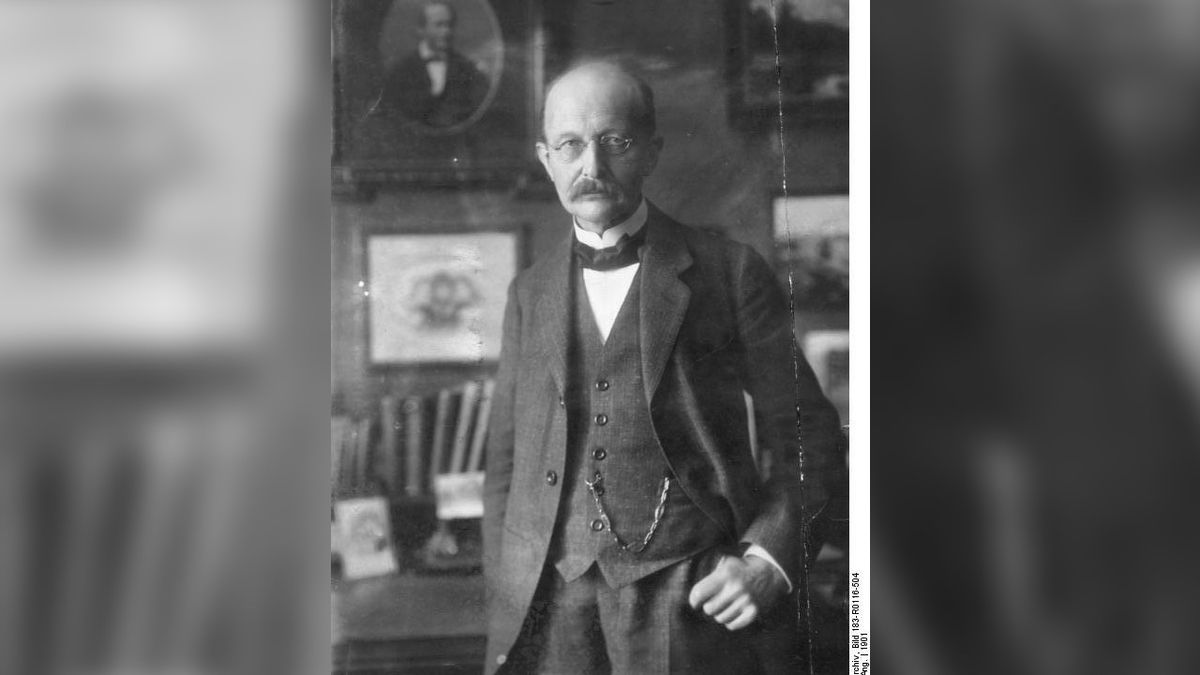Recent replies on "Is Digital Audio Transmission Analog?" has shone a light on the (mis)definition of Analog audio.
Many have sort of asserted that since there are conductors and an electrical current flowing through it, then it is analog!
See these examples:
- “Digital” is a mathematical representation. Signal transfer is through voltage and voltage is an analog quantity. Digital signal representation is transferred by means of analog quantity - voltage.
**********************
- Digital is nothing more than a useful technique, or like *** said, a mathematical representation. Even the data storage on our computers is just different levels of stored electrons on memory cells. Theoretically everything in life is analog. Isn't it beautiful?
*********************
- No. The first thing you learn in Digital Design 101 (actually 2-something) is that digital is just a special case of analog.
*********************
Without a solid, unified definition, we can not go forward in a scientific discussion.
I think it is time to have a bullet-proof definition for Analogue signal in general and Analogue audio in particular.
Ofcourse we could do a little Google and come up with some, but what do you think?
Afterwards, we could have a bullet-proof definition of Digital signal and digital audio in particular.
But for now, let us talk about Analogue Audio only.
It may sound mundane, but it seems we need to define certain phrases before we use them.
Any takers?
Many have sort of asserted that since there are conductors and an electrical current flowing through it, then it is analog!
See these examples:
- “Digital” is a mathematical representation. Signal transfer is through voltage and voltage is an analog quantity. Digital signal representation is transferred by means of analog quantity - voltage.
**********************
- Digital is nothing more than a useful technique, or like *** said, a mathematical representation. Even the data storage on our computers is just different levels of stored electrons on memory cells. Theoretically everything in life is analog. Isn't it beautiful?
*********************
- No. The first thing you learn in Digital Design 101 (actually 2-something) is that digital is just a special case of analog.
*********************
Without a solid, unified definition, we can not go forward in a scientific discussion.
I think it is time to have a bullet-proof definition for Analogue signal in general and Analogue audio in particular.
Ofcourse we could do a little Google and come up with some, but what do you think?
Afterwards, we could have a bullet-proof definition of Digital signal and digital audio in particular.
But for now, let us talk about Analogue Audio only.
It may sound mundane, but it seems we need to define certain phrases before we use them.
Any takers?
Last edited:



